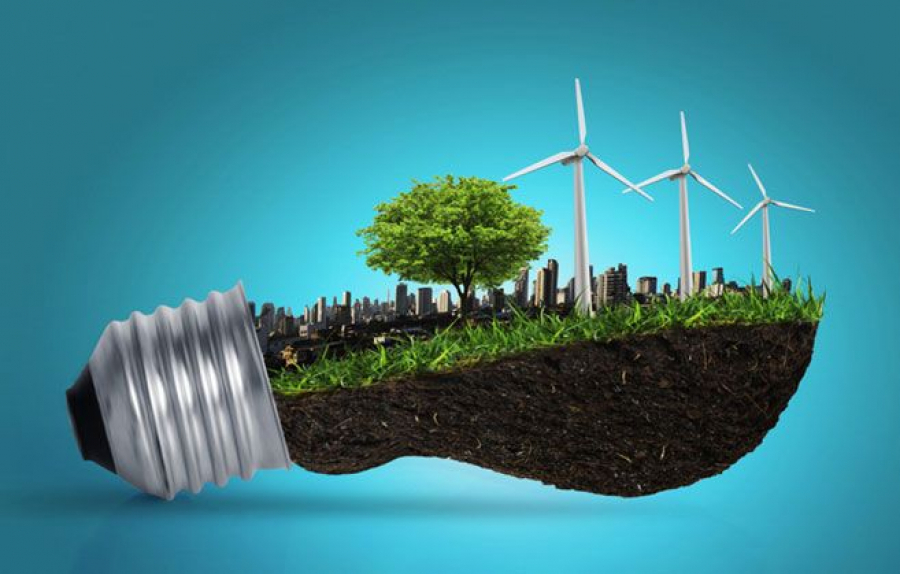This event focuses on promoting dialogues related to the energy sector. CABEI presented on the Energy Transition in Central America and the role of renewable energy sources in the management of the regional green agenda, and also shared its vision on the use of natural gas and the use of its potential in the region.
For CABEI, electrical energy is a priority issue, which is why it promotes projects in each country of the region identified by the authorities, but also regional projects such as a portion of the Sistema de Interconexión Eléctrica de los Países de América Central I (SIEPAC), an initiative aimed at developing a more competitive energy base for the region; as well as strengthening the institutional legal mechanisms for the participation of the private sector in Mercado Eléctrico Regional (MER). The Bank's initial contribution was US$109.0 million, and in 2017 it approved an extension for US$128.0 million.
At the Third Edition of RENPOWER, the Bank participated with an important delegation made up of CABEI Country Chief Officer Carlos Moreno, CABEI Private Sector Focal Point Nicole Grimaldo and CABEI Energy Specialist Fernando Fanconi, who emphasized topics such as natural gas, the availability of funds and existing programs for designing, building and implementing renewable energy projects in Central America.
CABEI's commitment to guarantee environmental sustainability by supporting initiatives that seek this goal is evidenced by the 258 approvals made since 1960, when the Bank was founded, through 2021, all of which were executed for intervention in the sector for an amount totaling US$7 billion, and of which more than 80% were for renewable, electrification, transmission and distribution projects.
 English
English  Español
Español 
